Cement is believed to be a pure generic commodity, but it has quality parameters and certified standards. If the cement produced is of inferior quality, it is difficult to differentiate and garner brand premiums. While few manufacturers keep their product ‘just up to the mark’ to ensure they meet certified standards, others focus on bettering quality and differentiating their products.
Quality has come into sharper focus as cement manufacturers move towards establishing brand premiums. However, better quality entails higher costs – a disadvantage over lower-quality but lower-cost producers. Costs may increase because of finer grinding needs (premium products generally mean finer particles), increased raw material cost (clinker component has to be increased to ensure strength), and better packing quality (tamper-proof, laminated, etc.). Usually, the price premium more than offsets these higher costs – which is incentivising players to move up the brand curve.
Players who are focussed on brand premiums have begun to realise the importance of working ‘with’ customers – which means being hyper aware of their varying needs. Customers are proactively checking basic quality parameters nowadays, including:
• Date of packing: Cement should ideally be used within six weeks of manufacturing or it begins to lose its strength.
• Colour: Right colour is light grey. This quality check has become extremely vital for many large institutional customers. The colour says a lot about quality of ingredients used in manufacturing.
• Smoothness: Coarse textures when rubbed indicate adulteration.
• Grade of cement: Should be displayed prominently on the bag.
Some more detailed and technical quality checks include:
• Float test: Cement is put into water – it must float before it sinks.
• Smell test: Muddy or earthy smell indicates excess unwanted materials such as clay.
• Bags should be free of lumps.
• Cube test: A cube of cement is made and immersed in water; its hardness is checked in 24 hours.
• Strength: Checked by immersing blocks of specific sizes in water for seven days or longer. The strength of the blocks are then tested by putting weight on them – they should not develop cracks.
Checked by immersing blocks of specific sizes in water for seven days or longer. The strength of the blocks are then tested by putting weight on them – they should not develop cracks.
Beyond this, few institutional buyers also randomly check for the ‘warmth’ of the cement to ensure that it is freshly produced (cement that is immediately out from a grinding unit is generally warm and if it is packed immediately and delivered promptly, it will be mildly warm).
Reputed (real-estate) builders with pre-cast factories said that they would not compromise on the quality of the product and have zero tolerance for any quality deviation. They said they don’t mind paying additional premiums for good quality: and will not reorder from a manufacturer if its quality was found deficient. Not all real-estate companies think like this of course, but this feedback indicates that quality of product matters – even to institutional buyers.
Cement can be packed in different types of bags, but the most common and generally used bag format includes:
• High-Density Polyethylene (HDP: Type 1 – c.Rs 9 per bag).
• Laminated Polypropylene (LPP: Type 2 – c.Rs 12.5 per bag).
• Biaxially Oriented Polypropylene Bags (BOPP: Type 3 – c.Rs 16.5 per bag).
• Paper Bags – (Type 4 – c.Rs 21.5 per bag).
For premium and super-premium brands, it has become important for the sector to ensure that packing is now in more efficient and in leak-proof bags. Maintaining quality of cement after packing has been industry’s biggest challenge since cement is a perishable commodity and gets spoiled easily once exposed to air and moisture. Hooking cement bags with spearheads or sharp objects was the most common reason for leakages and caused quality deterioration as it allows moisture to enter bags. Customers have started demanding that the bags should not be hooked by anyone in the supply-chain, or else they will reject delivery.
The industry needed to establish firm positioning in premium category for premium products, providing better packaging, and live up to customer expectations. For this, packing costs had to increase as the industry switched to better quality and more durable packing bags for such products. However, the selection also depends on the type of market in which the product is sold as each market has different needs and characteristics. Premium brands are now generally packed in BOPP and paper bags. In retail (trade channel) most products seem to be moving towards premiumisation, so increased cost of packing is here to stay for the industry at large.
For CIF sales especially, disallowing the usage of hooks increases labour-handling costs as bags have to be manually loaded and unloaded. Normal handling costs per bag paid for labour range from Rs 6-10 per bag – from loading to unloading. Cement that comes by rail has to unloaded at railway yards or platforms, loaded on to trucks, and unloaded at dealer or customer destinations. Cement that comes by road generally comes in large trailers, so it has to be unloaded and loaded into smaller trucks to enter towns and cities, and also unloaded at dealer or customer sites. When bags have guidelines of ‘no hooks’, in rail or road transport, the cost of handling increases by Rs 2-3 per bag.
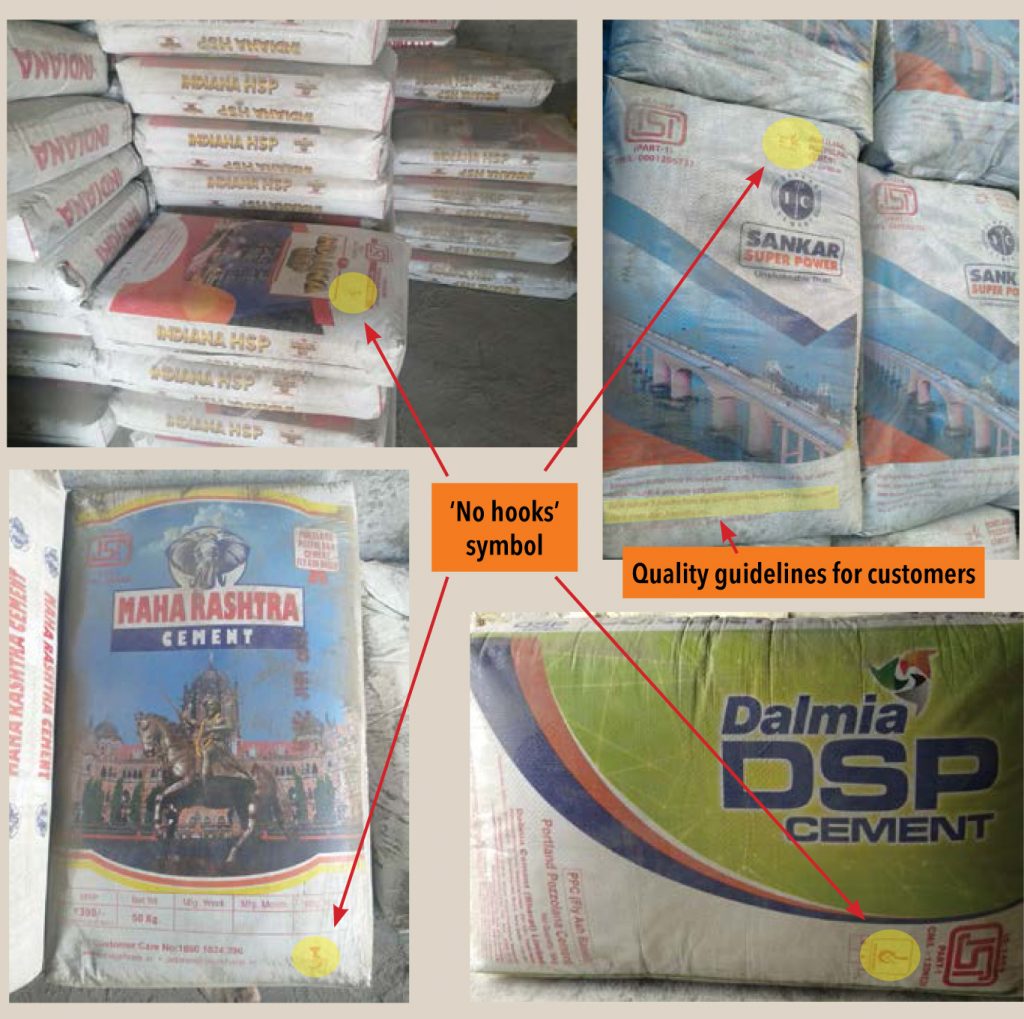
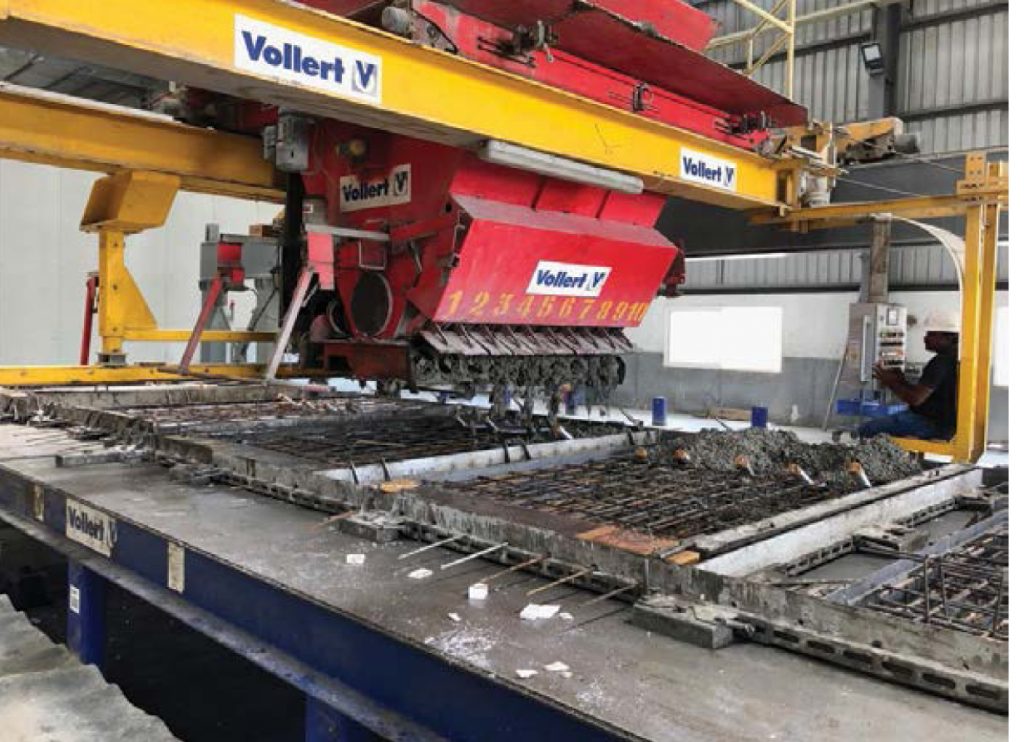
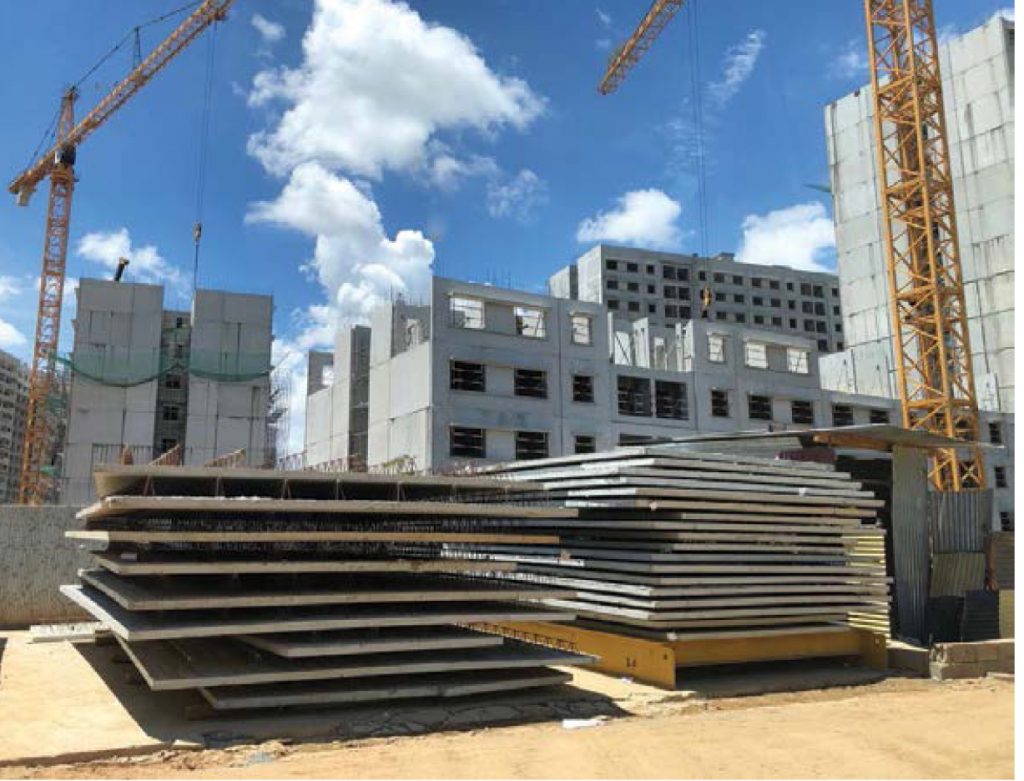
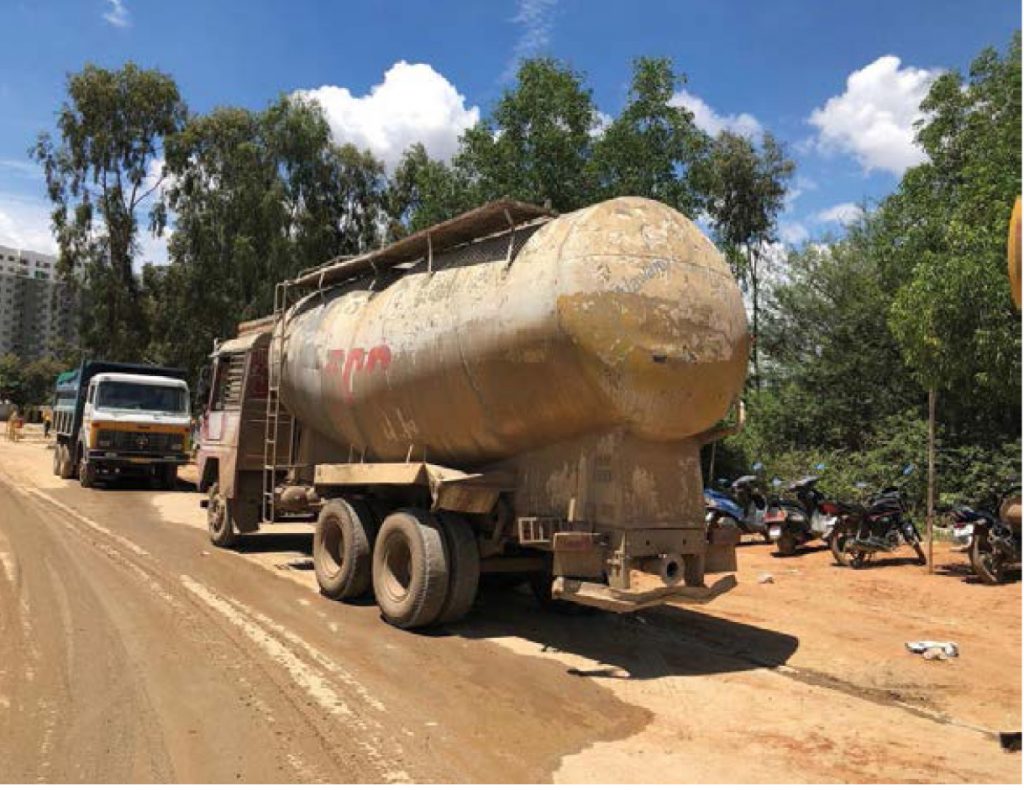
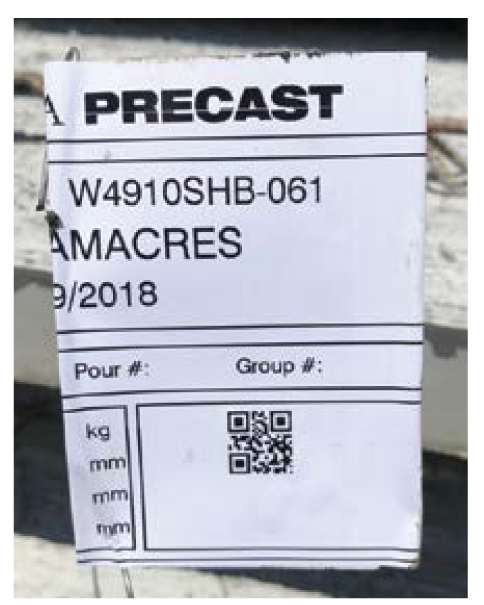
The automation bug has not just bitten the cement industry but also its consumers.
This pre-cast site at a real-estate project has bar code scanning – it will list details of the pre-cast such as manufacturing
date, quality of concrete used, the lot in which it was manufactured, etc. This way, any flaw in product quality can be traced back to the particular batch of raw materials used and its manufacturer.
For retail sales, pan-India majors have started setting up exclusive ‘one-roof’ shops that cater to all the needs of an individual house builder. Others have deployed dedicated ‘service vans’ manned by experts that visit sites to understand customers’ needs, provide suggestions, and even help them in execution.
These upcoming trends will ultimately mean that the retail customer becomes more knowledgeable about quality, choice, and construction methodologies. It is possible that over 5-10 years, these customers would be very quality conscious and maintaining the highest standard would be a key challenge for cement manufacturers. All this implies higher costs – both production and sales.
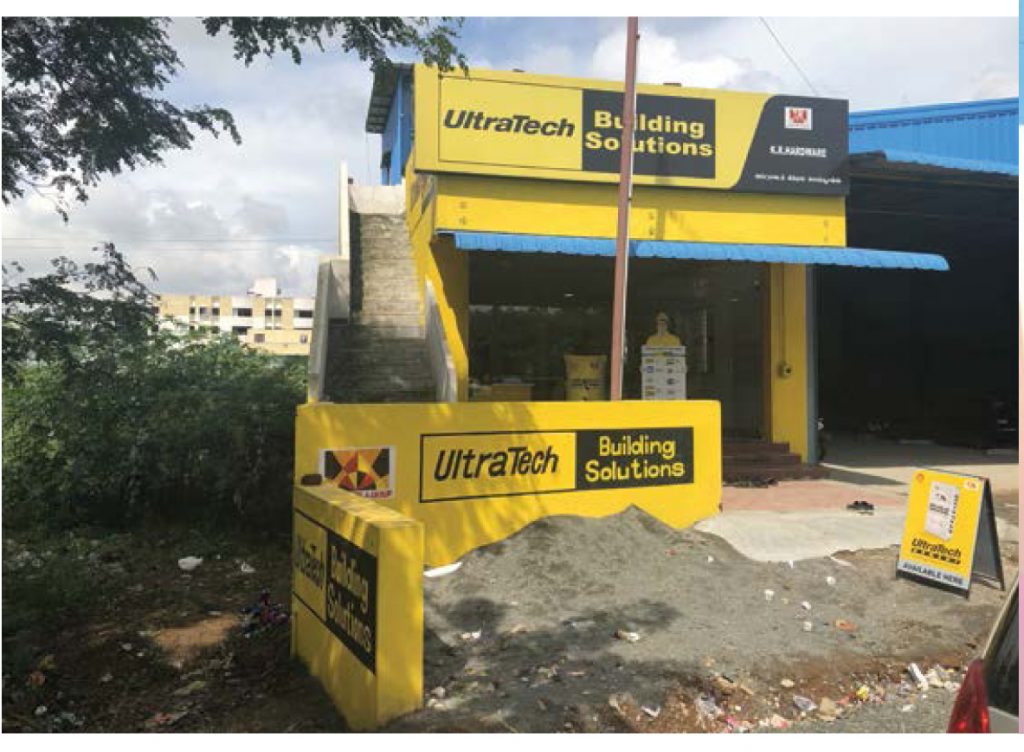


Subscribe to enjoy uninterrupted access